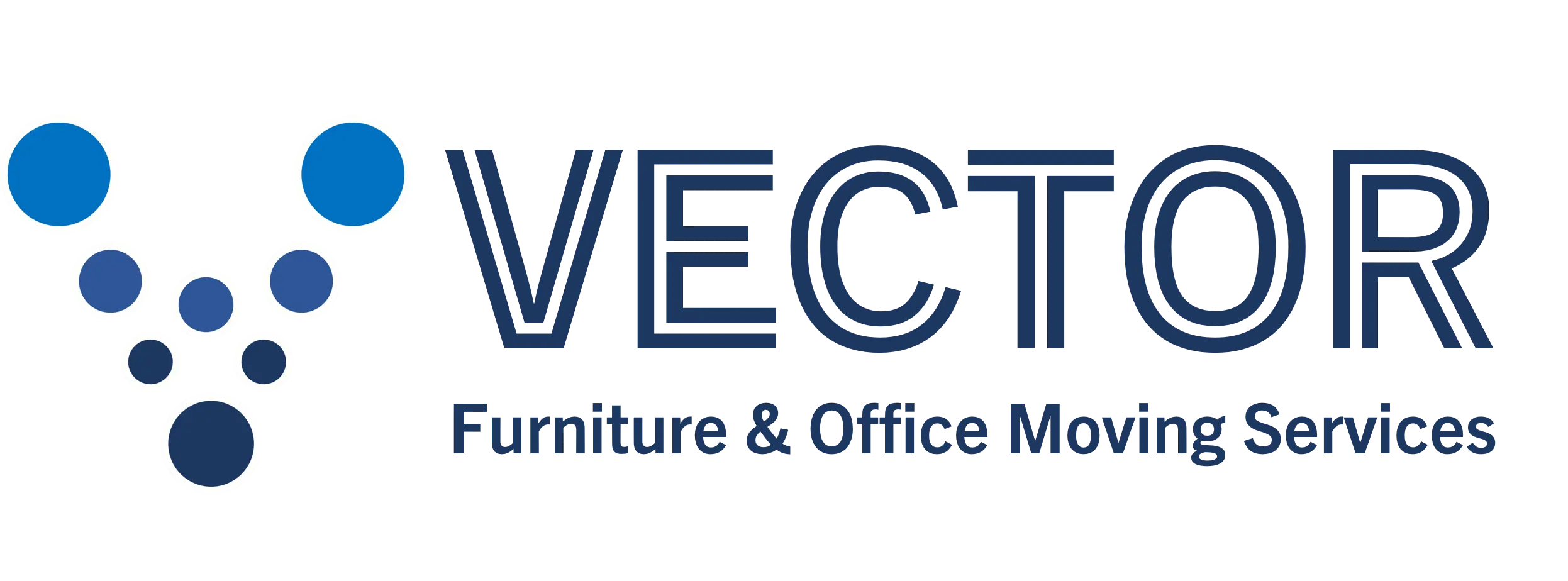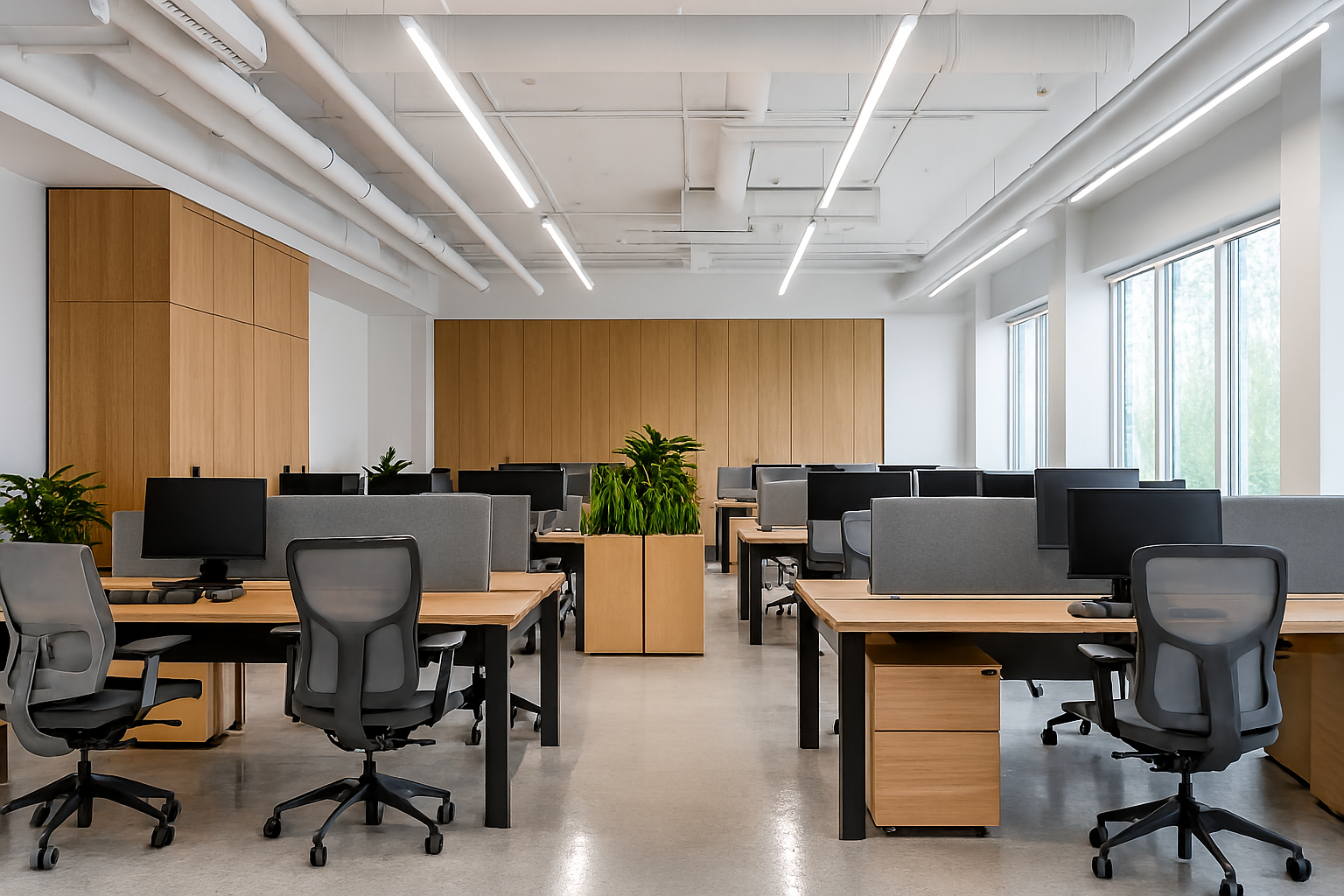Office Reconfiguration Strategies That Boost Productivity Without Disruption
Office reconfiguration isn’t just about rearranging furniture—it’s about aligning your workspace with how your business actually works. Whether you’re shifting to hybrid work, expanding teams, or downsizing your footprint, a smart reconfiguration can improve collaboration, reduce costs, and elevate employee experience.
Why Businesses Reconfigure Offices Modern companies reconfigure office layouts to adapt to evolving work styles, team structures, and space demands. Common drivers include:
- Transitioning to hybrid or remote-first models
- Accommodating growth or departmental changes
- Improving collaboration and workflow
- Enhancing employee comfort and accessibility
- Reducing unused square footage and overhead costs
Reconfiguration is often more cost-effective than relocation—and when done strategically, it can transform how your team performs.
Key Elements of a Successful Office Reconfiguration
| Element | What It Involves |
|---|---|
| Space Planning | Assess layout, traffic flow, and team proximity |
| Furniture Strategy | Reuse, relocate, or upgrade desks, chairs, partitions, and storage |
| IT Infrastructure | Align power, data, and connectivity with the new layout |
| Compliance & Safety | Ensure ADA accessibility, fire codes, and ergonomic standards |
| Communication & Change Management | Keep employees informed and involved throughout the process |
A professional space plan helps visualize the new layout and avoid costly mistakes. For guidance, offer valuable strategies for optimizing office environments.
Common Office Reconfiguration Scenarios
| Scenario | Strategic Response |
|---|---|
| Moving to Hybrid Work | Create flexible workstations and shared collaboration zones |
| Department Expansion | Shift walls, add pods, or rezone areas for team growth |
| Downsizing Footprint | Consolidate unused areas and optimize layout for efficiency |
| Improving Collaboration | Remove barriers, add breakout spaces, and rethink traffic flow |
| Enhancing Wellness | Add natural light, quiet zones, and ergonomic furniture |
DIY vs. Hiring a Professional Reconfiguration Team While small layout tweaks may be DIY-friendly, full office reconfigurations require expertise in space planning, logistics, and compliance. Professional teams like Vector Installation Services can:
- Disassemble and reassemble modular furniture
- Coordinate IT and electrical adjustments
- Minimize disruption with phased implementation
- Ensure safety and ADA compliance
- Provide layout plans and post-move support
Reconfiguring without expert help can lead to downtime, safety issues, and wasted resources. A professional partner ensures your space works as hard as your team does.
Post-Reconfiguration Optimization Once the new layout is in place, evaluate its impact. Track metrics like employee satisfaction, workflow efficiency, and space utilization. Solicit feedback and make small adjustments to fine-tune the setup.
Consider pairing reconfiguration with upgrades like acoustic panels, digital signage, or smart lighting to enhance the experience. For inspiration, highlight how modern layouts support productivity and well-being.
Final Thoughts Office reconfiguration is more than a furniture shuffle—it’s a strategic move that reflects how your business works today and where it’s headed tomorrow. With the right plan and the right partner, you can reconfigure with confidence and unlock new levels of performance.
Ready to Simplify Your Office Services?
Contact Vector Installation Services today for a free consultation!
Visit us at Vector Installations for helpful resources and to learn more about our services.

